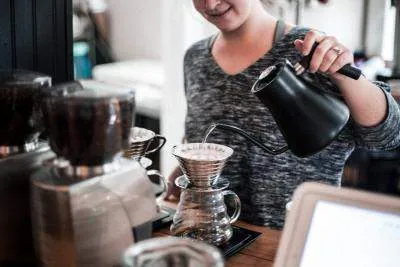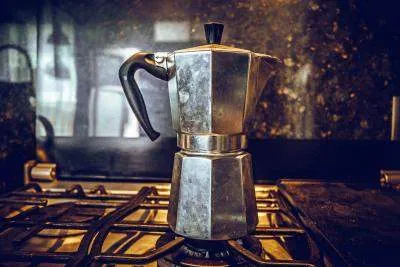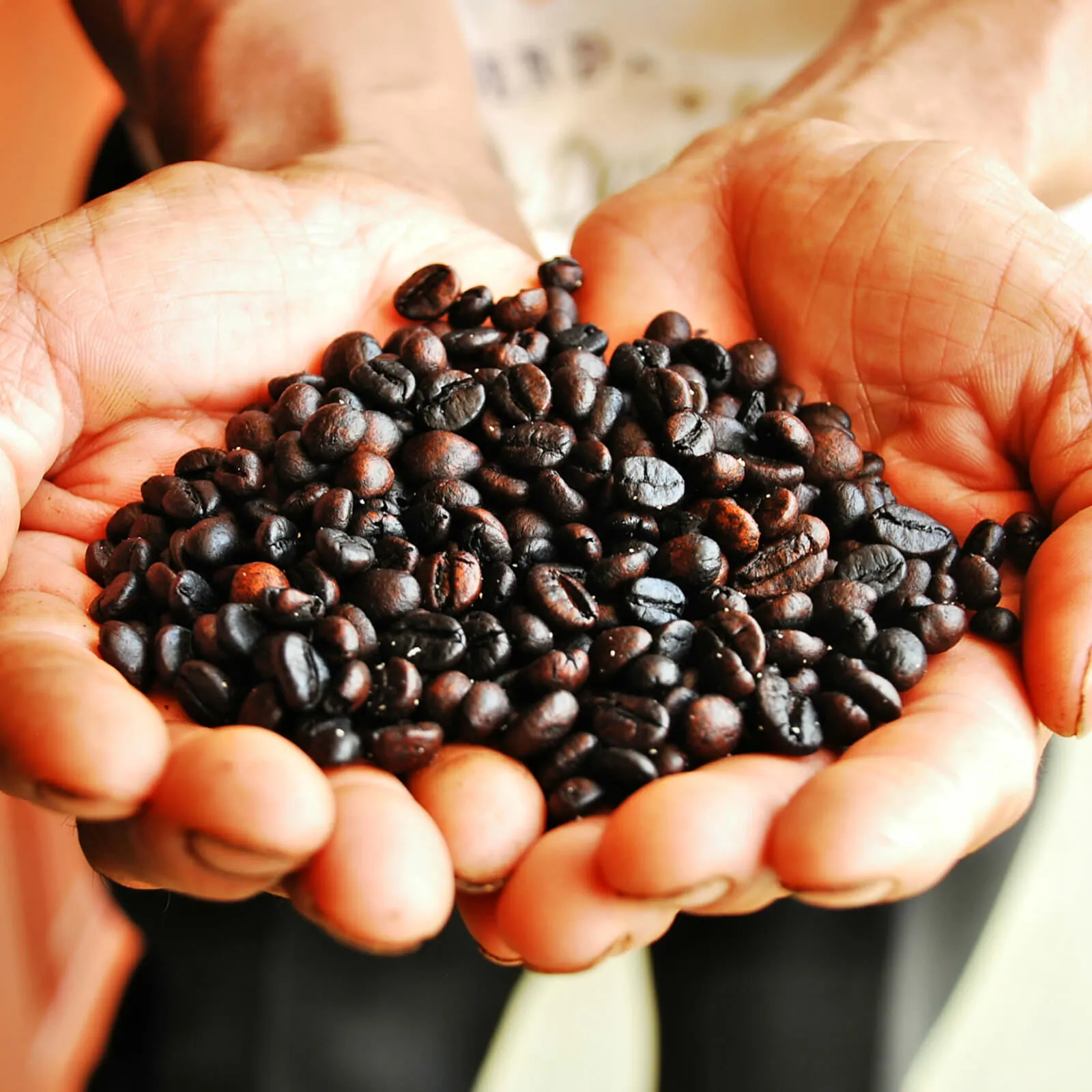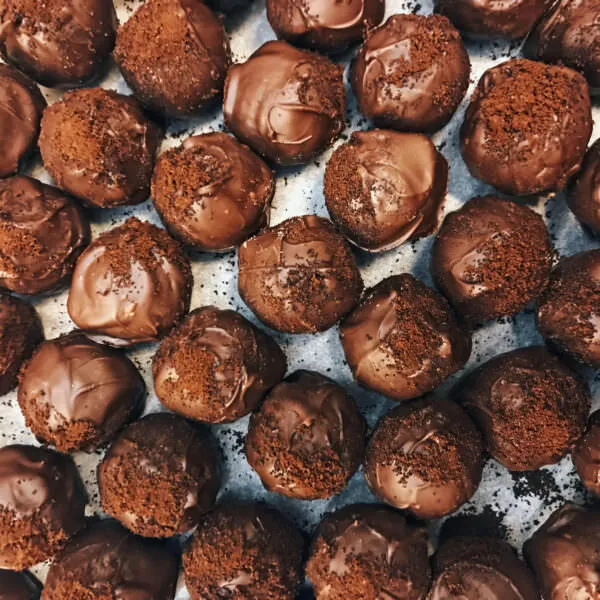Turkish? Pour-over? French press? Among coffee connoisseurs, the best method for making an exquisite cup of coffee is a matter of intense debate. But one thing is for sure: Coffee is better when it’s good—when beans are grown and harvested more sustainably, in ways that protect ecosystems and worker well-being.
At Finca El Platanillo, a Rainforest Alliance Certified coffee farm in western Guatemala, workers earn more than minimum wage, live in comfortable housing, and send their kids to a well-equipped local school established by the farm’s visionary owners. The farm is so densely forested it’s hard to distinguish the coffee plants from other plants—which means wildlife is abundant, too. Like most shade-grown coffee, the cherries ripen slowly, creating a more complex flavor bouquet.
Together, we’re building a future where people and nature thrive. Sign up today and join our movement.
"*" indicates required fields
No matter what method you choose, knowing the coffee comes from a healthy ecosystem sets the stage for a perfect morning treat. You can find more sustainably grown coffee in grocery stores and cafes around the world.
How to treat your responsibly grown coffee beans
Buy only a five-to-seven-day supply of beans at a time, and store them in a glass or ceramic container with a rubber gasket. Contrary to popular belief, you should keep coffee beans at room temperature (not in the fridge). It should go without saying that you must grind your own beans each morning—experts say that you have about 5 minutes after grinding before the coffee starts getting stale.
The pour-over

It sounds so simple, doesn’t it? Just pour some water over grounds in one of those beaker-like carafes? Not so fast. The expert technicians at the Oakland, California, based coffee roaster Blue Bottle recommend first wetting the paper filter completely with just-boiled water. Next, you place the grounds in the filter and use a light, consistent pour to moisten the grounds—then stop! Wait 30 seconds to allow the coffee to “bloom.” Pour the remaining hot water over the grounds slowly. Like, really slowly. You should be pouring so slowly that it takes a full four minutes for the water to drip down into the base of the flask.
French press
For the French press, Serious Eats recommends the coarsest grounds possible to reduce the muddy sediment at the bottom. Scoop them into the carafe and add just-boiled water, giving it a gentle but thorough stir. Wait 30-45 seconds—again, to allow the coffee to “bloom.” You’ll know it’s time to place the lid on when most of the coffee has sunk to the bottom. Wait 6-8 minutes, then plunge gently, pour, and drink up!
Stovetop espresso maker, the moka pot

Yes, even this traditional Mediterranean device has given rise to a set of specialized instructions. Stumptown, the famed Portland coffee purveyor, recommends that you first boil water in a kettle, as you don’t want the moka pot to get too hot and impart metallic flavors; you then pour the hot water into the bottom half of the espresso maker. Insert the basket and fill it with fine grounds, then screw the two parts together (you must somehow remember to use an oven mitt before having caffeinated yourself, to prevent burning yourself on the base that you’ve just filled with boiling water). Brew on moderate heat with the lid open. Once the stream of liquid bubbling forth is the color of yellow honey, remove from heat and close lid. Wrap the bottom in a chilled bar towel or run it under water to stop the extraction. Pour immediately.
Cold-brewed coffee
For many, iced coffee is a cherished summertime pick-me-up, but if you want to do it right, you’ll need 12-24 hours (and you thought the pour-over method was slow!). Stir coffee grounds and water in a pitcher, cover, and let steep a minimum of 12 hours; when the brew is ready, strain it, and store it in the refrigerator for another 2 hours.
Turkish

Like other methods, brewing Turkish coffee calls for its own set of tools, including a lovely little cup called a finca and a small brass pot known as a cezve. Boiling the grounds—which should be finer even than those for espresso—together with water makes this thick brew. Traditionally, a cup of water is served with Turkish coffee to clear the palate before partaking in the delicious dark concoction (hipster coffee snobs have nothing on the Ottomans). Be sure not to drink the grounds at the bottom of the cup—you’ll need them to tell your fortune (and if you don’t know the ancient art of reading coffee grounds, never fear—there’s an app for that!).




